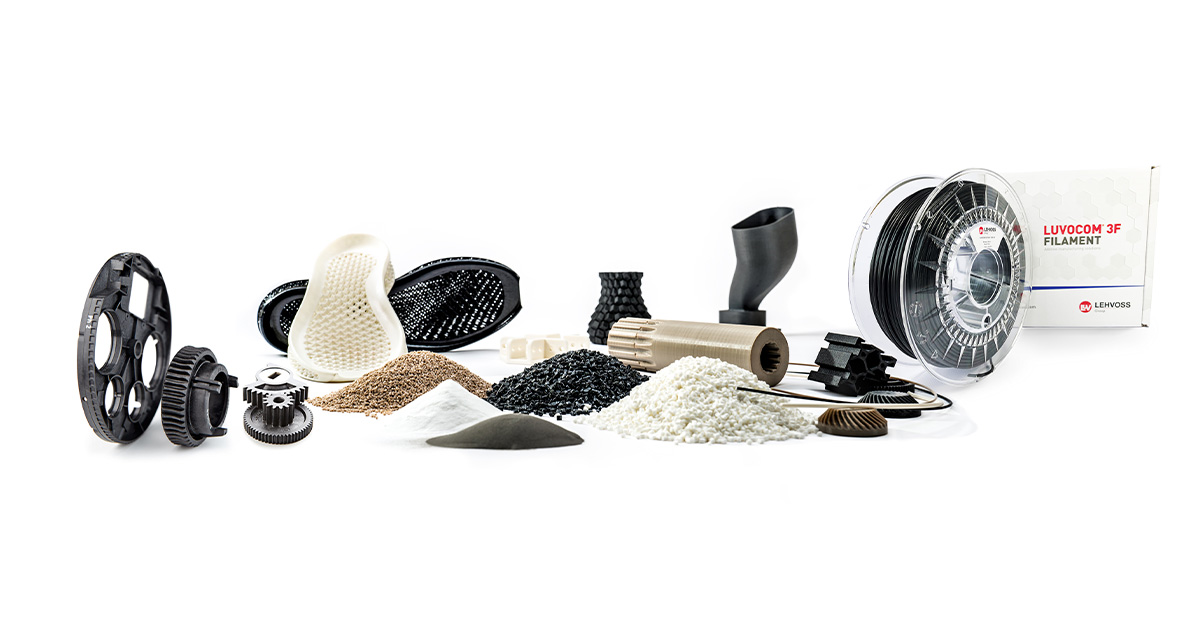
11. June 2024
Direct screwing in high-strength carbon fiber thermoplastics? Sure!
First the bad news: Unfortunately, designers regularly have to face technical limitations. On the one hand, it is often not known that connection solutions using direct screwing can be implemented reliably in materials with a high carbon fiber content. On the other hand, it is considered to be very difficult. The good news: These assumptions are unfounded, and the facts tell a different story. Both short and long fiber-reinforced materials with carbon fibers are absolutely feasible in terms of joining technology. Two companies that should know – and above all can provide technically valid proof – are the closely associated companies Baier & Michels and LEHVOSS. They effectively eliminate the fear of subjects such as electrochemical corrosion, surface wear during the screwing-in process, creep resistance or joint strength after climate change tests. Even those fears of the most stubborn critics.
Read more
22. November 2022
Carbon fibers: Of small differences and big effects in the compound.
Lighter than aluminum and stronger than steel. Impressively stiff and unyielding - even when exposed to extreme heat/cold - and at the same time friendly to any mating partners in tribological applications. Already more than 50 years old and, thanks to tailor-made compounding, always in perfect shape for innovations in terms of performance. This characterizes the carbon fiber, or rather the carbon fibers - because, after all, there is more than one.
Read more
14. February 2022
Lightweight construction with plastics: Concrete application examples for high-performance compounds.
Lightweight design with plastics is the art of reconciling a wide range of requirements. Demands on the material, the design, the functional integration, the total cost of ownership, the component performance ... the list is long. In order to achieve an effective cost-performance ratio, it is advisable for the material itself to be highly modifiable - in such a way that it gives the designer free rein to think in any direction (for example, to decouple the typical dependence of the property on the processing orientation). Or, to put it another way, if the compounder masters the anisotropies of the material to a degree that enables the designer to come up with a perfectly adapted design for the function of his component. These four examples from the aerospace, mechanical engineering and sporting goods sectors clearly show the directions in which this can go:
Read more
Topics
- 3D printing (6)
- 3D printing filament (4)
- Additive manufacturing (3)
- Application development (2)
- Application technology (2)
- Bicycle components (1)
- Carbon fiber (3)
- Carbon fiber compounds (3)
- Carbon footprint (4)
- CFRP processing (1)
- Chemical resistance (1)
- Coefficient of friction (2)
- Compounds (7)
- Conductivity (1)
- Contract manufacturing (1)
- Cost reduction (3)
- Customized compounds (1)
- Design suitable for plastics (2)
- Development process (1)
- Energy saving (1)
- Extrusion (4)
- Extrusion printing (2)
- Fluoropolymers (1)
- Friction (2)
- Functional prototypes (1)
- High temperature resistance (1)
- High-performance compounds (7)
- High-temperature plastics (2)
- Individual (1)
- Injection moulding (2)
- Innovation (2)
- Laser sintering powder (2)
- LCF (1)
- LFT (2)
- LGF (1)
- Lightweight construction (3)
- Long fiber compounds (1)
- Long fiber theromplastics (4)
- Material development (5)
- Medical technology (1)
- Metal replacement (6)
- Metal substitute (1)
- Mold design (1)
- Orthopedic technology (1)
- Orthoses (1)
- PAEK (1)
- PEEK (2)
- Plain bearings (1)
- Plastics (8)
- Powder bed fusion (1)
- Process design (1)
- Recycling (2)
- Reproducibility (1)
- Serial production (1)
- Sliding pairing (1)
- Sterilizability (1)
- Stiffness (1)
- Strength (3)
- Sustainability (4)
- Technical plastics (2)
- Toll compounding (1)
- Tooling (1)
- Tribological plastics (3)
- Tribology (4)
- Wear (2)
- Weight saving (2)